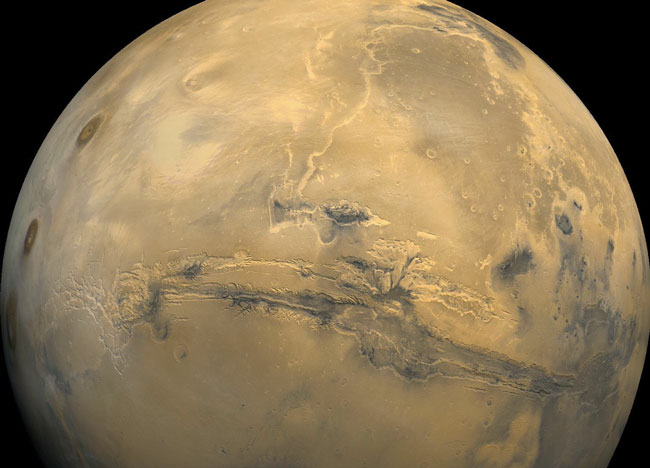Blue Mars Developer Guidebook
While the most visible faces of the Avatar-Reality team have been working on the Blue Mars Client, providing more and more functionality, squashing bugs, arranging Meet & Greets, gathering feedback etc, other teams have been busy creating the developer tools, and providing detailed manuals for their use on the Blue Mars wiki pages.
The Wiki team is led by Scott Matsuda, the CSR, QA, and QC Manager at Avatar Reality Inc.
The Getting Started section of the Developer Guidebook explains the different types of developer in Blue Mars:
The Item Editor
Made specifically to have everything an Item Creator needs
Sandbox Item Editor is a 3D geometry model viewer and material editor for Blue Mars Project. The primary purpose of this tool is to convert 3D models in Collada format into a Blue Mars internal data format, examine the results visually and edit material properties of converted models as desired. Sandbox Item Editor uses CryENGINE2 for rendering; thus, it displays objects exactly as they will appear in the game. The manual provides a detailed description of its menu commands and special functions.
Note: in some images and documents, linked to this page, the Item Editor is also called Sandbox Viewer, which is the old name of this tool.
The Wiki team is led by Scott Matsuda, the CSR, QA, and QC Manager at Avatar Reality Inc.
The Getting Started section of the Developer Guidebook explains the different types of developer in Blue Mars:
The Item Editor
Made specifically to have everything an Item Creator needs
Sandbox Item Editor is a 3D geometry model viewer and material editor for Blue Mars Project. The primary purpose of this tool is to convert 3D models in Collada format into a Blue Mars internal data format, examine the results visually and edit material properties of converted models as desired. Sandbox Item Editor uses CryENGINE2 for rendering; thus, it displays objects exactly as they will appear in the game. The manual provides a detailed description of its menu commands and special functions.
Note: in some images and documents, linked to this page, the Item Editor is also called Sandbox Viewer, which is the old name of this tool.
The Cloth Editor
Created specifically to have everything a Clothing Creator needs
The Cloth Editor is a tool for creating wearable assets: clothes, hairstyles, shoes, jewelry and other items, that can be attached to an avatar.
The Shop Editor
Created specifically for developers who are creating shops in Blue Mars.
This Editor is currently under construction.
The Block Editor
Created specifically for developers who are developing Blocks, a subset of a City.
The Block Developer leases a Block from the City Developer to develop Shops and to create Residential housing on it. The Block Developer may choose to lease out their Shops to Item Developers and Housing to Residents, or decide to develop the entire Block by themselves. The Blue Mars Sandbox: Block Editor is the 3D software editor that enables the Block Developer to place their Shops and Residences on their Block. Block developers may also design limited Flow Graphs. Lastly, the Block Developer may place vegetation in the Block, but only as brushes.
Also under construction, but is filling up fast.
The City Editor
Created specifically for developers whom are creating entire cities.
The City Developer leases their City from Avatar Reality, then creates Blocks which can be leased to Block Developers.
Also under construction, but filling up nicely.
The Shop, Block and City Editor pages all require a login to view their pages, and only are only available to registered city developers.
Other sections of the Wiki will be introduced in future posts.
Rock






















